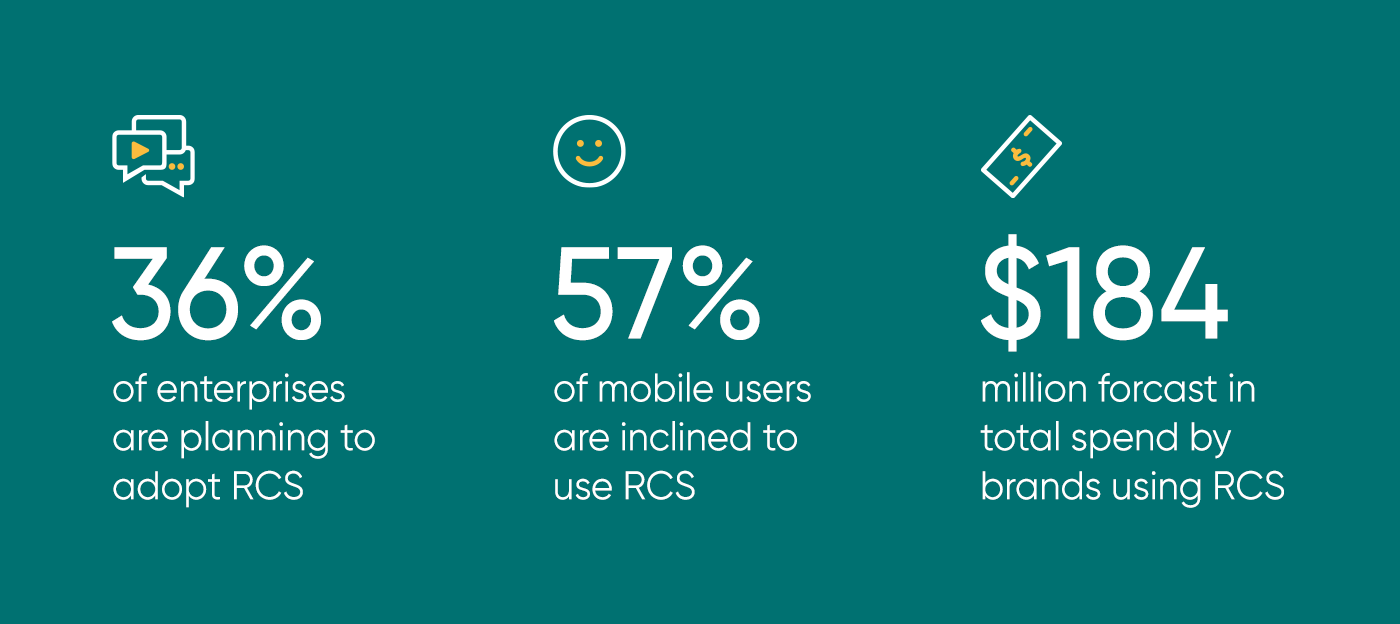From enterprise communication to customer conversation and beyond


Back in 1995, the average SMS user in the US sent 0.4 texts per month. Gradually, phone and network technology improved and by 2000, the average number of text messages sent in the US increased to 35 a month per person.
Arguably SMS really took off when enterprises began to realize they had a new and powerful communication channel that put them ‘in the pocket’ of any mobile phone user. And while much has changed since those early days, SMS has held up against other technology platforms as the preferred (non-voice) way to communicate for businesses and consumers.
Here’s 11 stats and facts that explore the mighty SMS.

SMS is used for an array of business to consumer needs. Everything is fair game from notifying us that a parcel is on its way (and the delivery driver is called Roger) to authenticating us as users of sensitive online services like banking.
At the same time, consumer expectation on ways to communicate with enterprises has shifted gears. They no longer want to be talked to, they want a conversation when the need takes them – on the train, waiting for friends in a café or while watching TV. Nowhere is this more apparent than in the realm of customer service. But brands and enterprises are struggling to fulfil this need.
This consumer study by West UC, found that 70% of respondents want more convenient customer service options to support 24/7 lifestyles, while 74% agree that it’s frustrating when customer service is only available during working hours. An additional 47% would like to see more customer service options tailored toward smartphones.
Original SMS came with 160 characters and an alphanumeric keypad to clumsily write simple messages. Now it’s undergoing a reboot with the advent of SMS 2.0, RCS messaging. RCS messaging offers a rich user experience that can be branded, contain images, interactive menus, video, maps, chat and chat bot like features. This makes it much more immersive. Combining the power of SMS, the engagement and interaction of messaging apps such as WhatsApp, with the functionality and richness of an app, RCS has sparked a lot of interest.

Because RCS offers an app like experience, many commentators are predicting that not only will it benefit enterprise communication, it will also eat into marketing and app budgets in a big way, so that alongside customer service, loyalty campaigns, offers and promotions can easily be delivered (for a fraction of the cost of building an app).
It’s three decades since SMS accidentally became a feature of everyday communication, yet in all its forms (from simple text to rich and interactive), it has endured. To learn more about enterprise messaging, download the latest CLX eBook here.